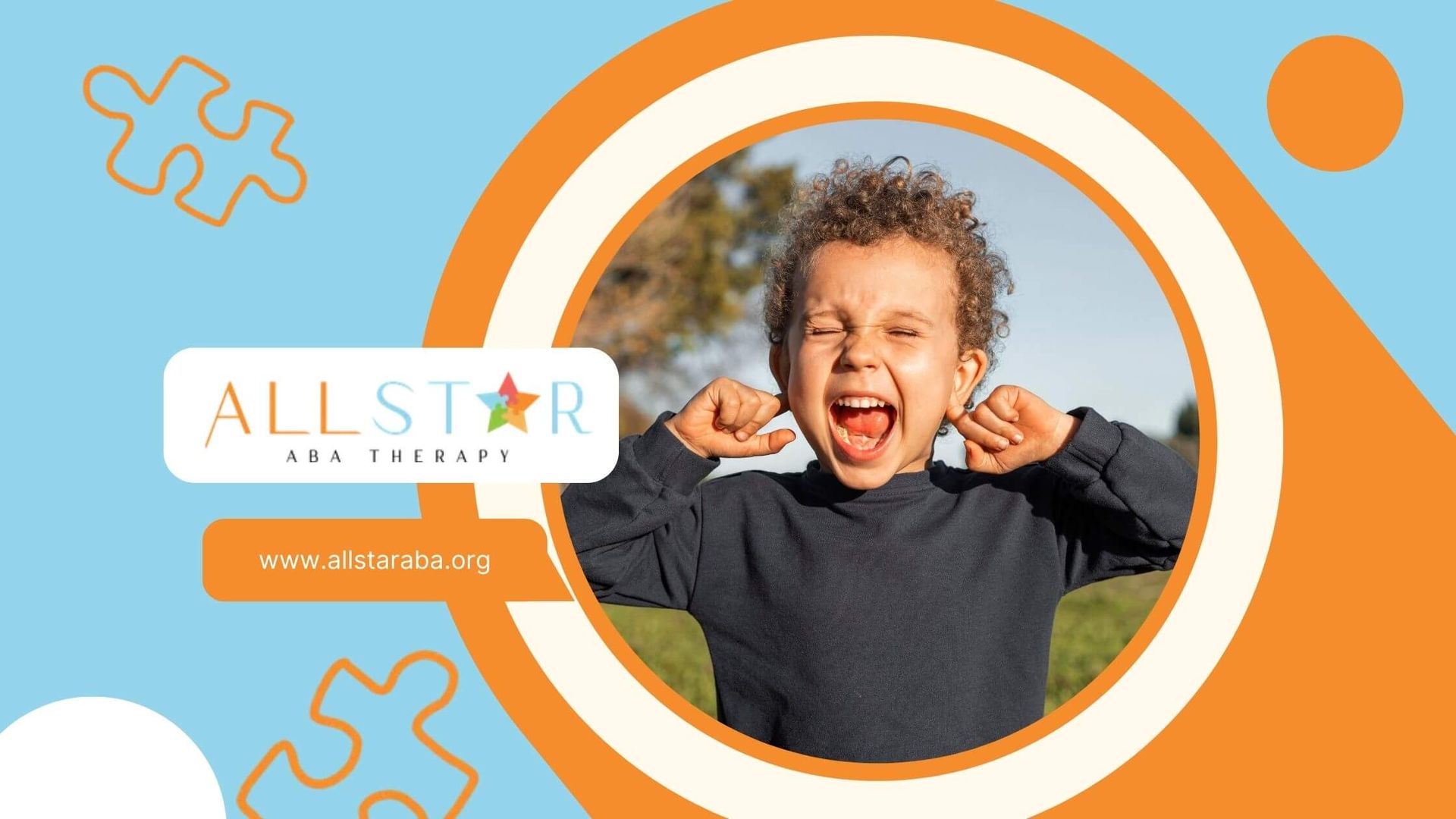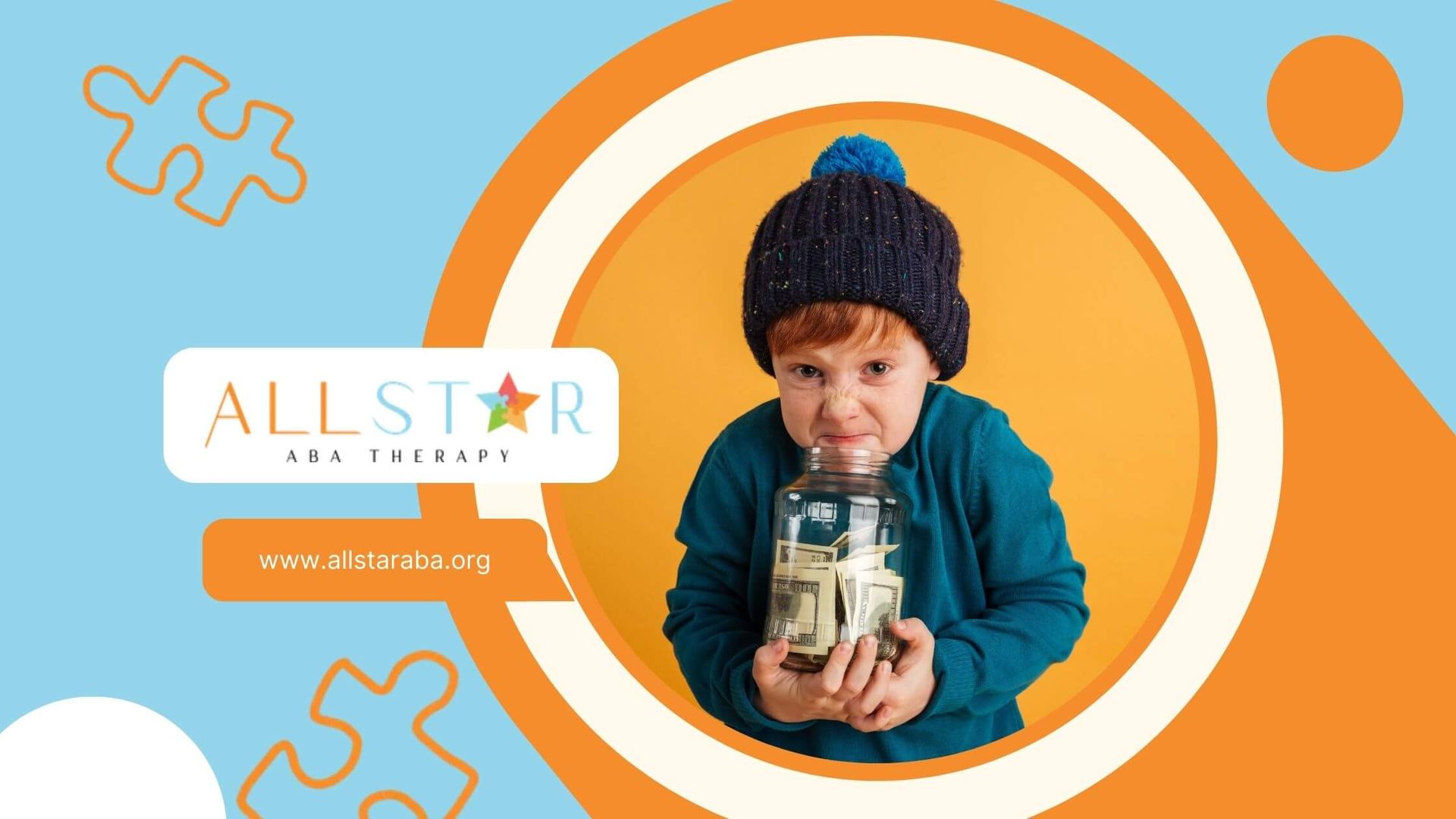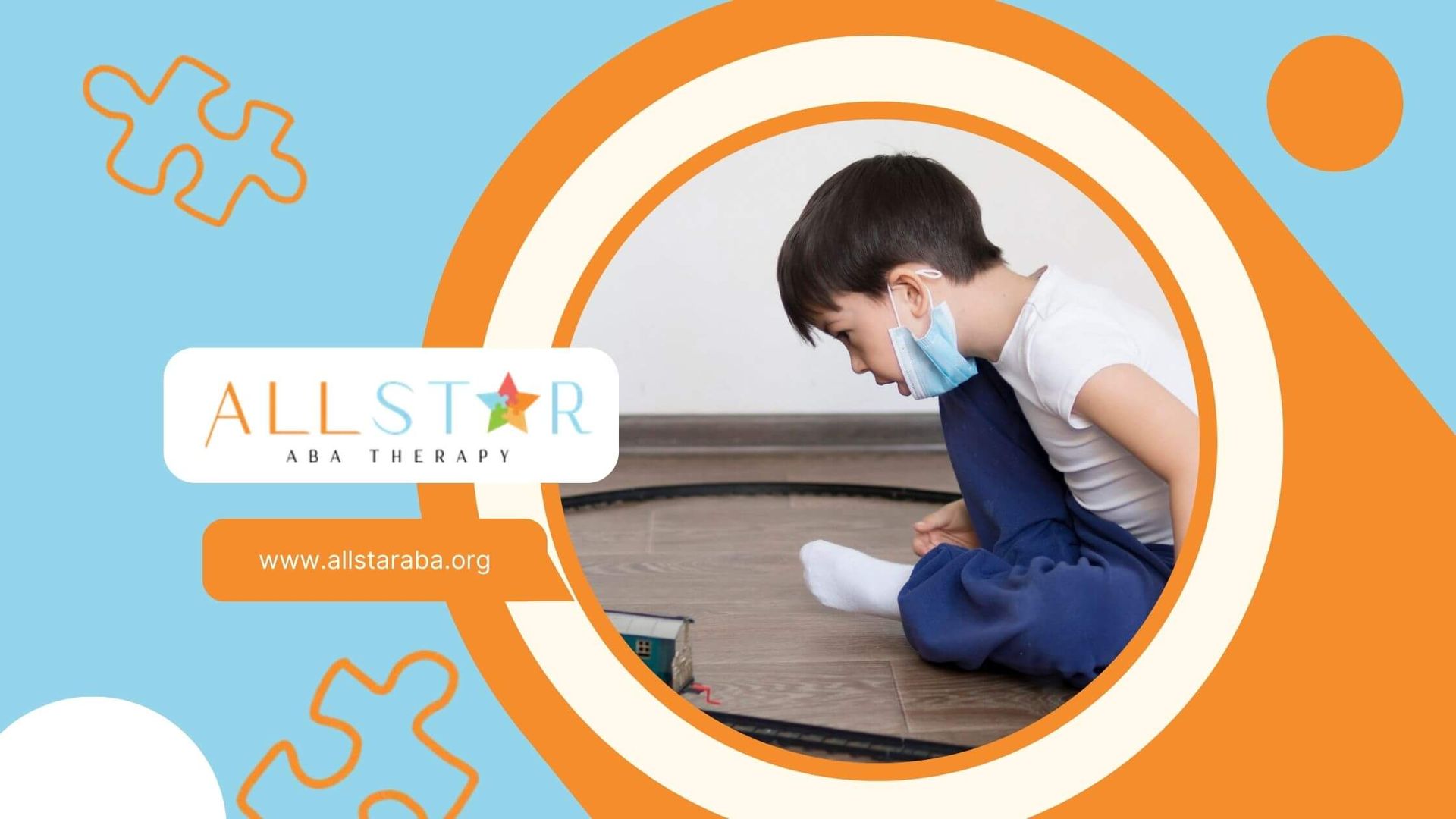New Paragraph
Support Strategies for Those Diagnosed with Autism Spectrum Disorder
Understanding Autism Spectrum Disorder
Definition of ASD
Autism spectrum disorder (ASD) is a developmental disability that can cause significant social, communication, and behavioral challenges. According to the CDC, ASD is a complex neurological and developmental disorder that affects how individuals interact with others, communicate, learn, and behave.
ASD is typically diagnosed in early childhood, although symptoms can sometimes be detected as early as the first two years of life. This condition is referred to as a "spectrum" because it encompasses a range of symptoms and severity levels. This broad category allows for a more nuanced understanding of autism and its varied impact on individuals.
Varied Symptoms and Severity
The symptoms of ASD can vary widely from person to person. Some individuals with autism might require substantial support in their daily lives, while others may live independently. The key areas affected by autism spectrum disorder typically include social interactions, communication skills, and behavior patterns.
| Symptom Category | Description |
|---|---|
| Social Interactions | Difficulty with eye contact, understanding social cues, and forming relationships |
| Communication Skills | Delayed speech, difficulties with conversational reciprocity, or repetitive speech |
| Behavior Patterns | Repetitive movements, strict routines, heightened sensitivity to sensory stimuli |
It is important to recognize the diversity in how these symptoms manifest. For some, the challenges may be more subtle, while for others, they can be more pronounced and significantly impact their daily functioning. For an in-depth look at the diagnostic criteria, visit autism diagnosis criteria.
Given the varied symptoms and severity of ASD, diagnosing autism requires a comprehensive evaluation. This involves specialized assessments and input from multiple professionals, such as developmental pediatricians and child psychologists. For adults, understanding the signs of autism in adults is equally crucial.
The increasing prevalence of ASD diagnoses highlights the need for improved awareness and early intervention strategies. It is essential for anyone diagnosed with autism spectrum disorder to receive the appropriate support and resources to navigate their individual needs effectively. For more information on the diagnostic process, see our article on autism spectrum disorder testing.
Diagnosing ASD
Accurately diagnosing autism spectrum disorder (ASD) requires a comprehensive and multifaceted approach due to the wide range of symptoms and severity. Here, we delve into the diagnostic process and the importance of specialist evaluations.
Diagnostic Process
The diagnostic process for ASD typically involves several steps beginning with a thorough developmental screening. This initial screening is designed to identify early signs of developmental delays that are indicative of autism (autism diagnosis criteria).
- Developmental Screening: During routine check-ups, pediatricians will conduct developmental screenings. Parents might be asked questions about their child’s behavior, communication, and interaction with others.
- Comprehensive Diagnostic Evaluation: If the screening indicates potential signs of ASD, a comprehensive diagnostic evaluation is conducted. This can include:
- Detailed Observation
- Neuropsychological Testing
- Medical History Review
- Behavioral Assessments
| Stage | Components |
|---|---|
| Developmental Screening | Questions about behavior, communication, and play |
| Comprehensive Diagnostic Evaluation | Detailed observation, psychological testing, medical history, behavioral assessments |
Specialist Evaluation
For a formal diagnosis, it is vital to be evaluated by specialists who are experienced in autism spectrum disorder. These professionals include:
- Developmental Pediatricians: Experts in child development and able to assess developmental issues in depth.
- Child Psychologists and Psychiatrists: Skilled in the psychological aspects of autism.
- Speech-Language Pathologists: Evaluate communication skills and social interaction.
- Occupational Therapists: Assess daily living skills and sensory processing.
Engaging with a team of specialists ensures a well-rounded assessment and supports the development of an individualized treatment strategy. For more information on the evaluation process, visit our article on autism spectrum disorder evaluation.
By understanding the critical phases in diagnosing ASD and the need for specialist evaluations, parents and individuals can seek the right support and resources, guiding them to appropriate treatment options.
Treatment Approaches
Post-diagnosis, treatment for autism spectrum disorder (ASD) focuses on developing skills, reducing symptoms, and fostering independence. Treatment plans are often multi-faceted and tailor-made to meet each individual's unique needs.
Early Intervention Benefits
Early intervention refers to therapies and programs designed for children diagnosed with ASD, typically before the age of three. Research underscores the importance of early intervention in optimizing development and building foundational skills.
One example of early intervention is the Early Start Denver Model (ESDM). This approach is based on the principles of applied behavior analysis (ABA) and is geared towards children aged 12–48 months. ESDM employs natural play and social interactions to enhance language, social, and cognitive skills.
Benefits of early intervention include:
- Improved Communication Skills: Enhances both verbal and non-verbal communication.
- Better Social Interaction: Encourages the development of social skills, making it easier for children to engage with peers.
- Cognitive Development: Helps sharpen learning and problem-solving abilities.
- Reduced Severity of Symptoms: Potentially decreases the intensity of some ASD symptoms over time.
Individualized Treatment Plans
Individualized treatment plans (ITPs) are customized to address the unique characteristics and needs of each person diagnosed with autism spectrum disorder. These plans are often developed in collaboration with a team of healthcare and education professionals, including behavior analysts, speech therapists, and occupational therapists.
Key components of ITPs:
- Behavioral Therapies: Approaches such as ABA encourage desired behaviors and reduce undesired ones through positive reinforcement. Progress is meticulously tracked and adjusted.
- Speech and Language Therapy: Improves communication abilities, including the use of speech, signs, gestures, pictures, or electronic communication devices.
- Educational Supports: The Treatment and Education of Autistic and Related Communication-Handicapped Children (TEACCH) approach adjusts classroom structures to provide consistency and leverage visual learning strategies.
- Therapeutic Play: Methods like the Early Start Denver Model use play to engage children in social and cognitive activities, increasing skill acquisition in naturalistic settings.
This is paragraph text. Click it or hit the Manage Text button to change the font, color, size, format, and more. To set up site-wide paragraph and title styles, go to Site Theme.
| Treatment Type | Key Features | Target Areas |
|---|---|---|
| ABA | Encourages desired behaviors, measures progress | Behavior, social skills |
| ESDM | Uses play and social interactions in natural settings | Language, social, cognitive skills |
| Speech Therapy | Expands both verbal and non-verbal communication | Communication |
| TEACCH | Provides consistent and visual learning strategies in classrooms | Academic, social engagement |
Each child with ASD is unique, and their treatment should reflect their individual challenges and strengths. Therefore, a well-rounded and personalized approach is crucial for their development and well-being.
Behavioral Therapies
Behavioral therapies play a significant role in treating individuals diagnosed with autism spectrum disorder (ASD). These therapies aim to encourage positive behaviors and skills while reducing behaviors that may interfere with learning and daily functioning.
Applied Behavior Analysis (ABA)
Applied Behavior Analysis (ABA) is a widely accepted therapeutic approach used by educators and healthcare professionals to treat symptoms of ASD. ABA focuses on encouraging desired behaviors and discouraging undesired ones to improve various skills. Progress is systematically tracked and measured.
Key components of ABA:
- Reinforcement: Positive reinforcement is used to encourage behaviors that are beneficial for learning and development.
- Task Analysis: Complex skills are broken down into smaller, manageable steps.
- Data Collection: Continuous monitoring of progress to make informed adjustments to the therapy.
According to the CDC, ABA is effective in helping individuals with ASD develop social, communication, and learning skills through positive reinforcement.
| Component | Description |
|---|---|
| Reinforcement | Encourages beneficial behaviors through rewards |
| Task Analysis | Breaks down complex tasks into smaller steps |
| Data Collection | Monitors progress to adjust therapy |
Speech and Language Therapy
Speech and language therapy is one of the most common developmental therapies for individuals with ASD. This therapy aims to improve both the understanding and use of speech and language. The methods used can vary widely based on individual needs.
Key elements of Speech and Language Therapy:
- Verbal Communication: Enhancing the ability to use and understand spoken language.
- Alternative Communication Methods: Including signs, gestures, pictures, or electronic communication devices.
- Social Communication Skills: Helping individuals convey their thoughts and understand social cues.
The CDC highlights the importance of tailored communication methods to cater to the unique requirements of each person with ASD.
| Element | Description |
|---|---|
| Verbal Communication | Enhances spoken language skills |
| Alternative Methods | Uses signs, gestures, and devices for communication |
| Social Skills | Focuses on understanding and using social cues |
These behavioral therapies form an essential part of the individualized treatment plans designed for those diagnosed with autism spectrum disorder.
Educational Treatments
Classroom Settings
Educational treatments for individuals diagnosed with autism spectrum disorder (ASD) often take place in specialized classroom settings. These settings are designed to provide a structured and supportive environment to address the unique needs of students with ASD. Adaptations in classroom environments can include visual supports, structured schedules, and tailored learning strategies aimed at improving both academic and social outcomes.
| Educational Strategy | Description |
|---|---|
| Visual Supports | Use of pictures, symbols, and charts to enhance understanding. |
| Structured Schedules | Clear, consistent routines to reduce anxiety and improve predictability. |
| Individualized Instruction | Tailored teaching methods to suit each student's learning style and abilities. |
| Social Skills Training | Activities aimed at developing communication and interaction skills. |
For children diagnosed with ASD, early educational interventions are crucial in facilitating their learning and development. Parents and teachers play a vital role in implementing these strategies effectively to support the child's educational journey.
The TEACCH Approach
The Treatment and Education of Autistic and Related Communication-Handicapped Children (TEACCH) approach is a widely recognized educational treatment designed to help children with ASD flourish in academic settings. Developed by the University of North Carolina, TEACCH focuses on providing consistency and visual learning strategies, which are essential for individuals with autism.
According to the CDC, the key components of the TEACCH approach include:
- Structured Environment: Adjusting the classroom layout and schedule to promote predictability and stability.
- Visual Learning: Using visual cues and supports to enhance understanding and communication.
- Individualized Goals: Setting personalized objectives based on each student's strengths and needs.
- Skill Development: Focusing on academic, social, and daily living skills.
The effectiveness of the TEACCH approach lies in its adaptability to different learning environments and its ability to provide a clear and organized structure. This method helps students with ASD achieve better academic performance and improved social interaction.
| TEACCH Component | Benefit |
|---|---|
| Structured Environment | Reduces anxiety and enhances focus. |
| Visual Learning | Improves comprehension and retention. |
| Individualized Goals | Addresses unique learning needs. |
| Skill Development | Promotes holistic growth. |
The TEACCH approach, alongside other educational treatments, plays a crucial role in supporting children diagnosed with autism spectrum disorder. Utilizing these methods, educators and caregivers can help create a more inclusive and effective learning experience for students with ASD.
Transitioning to Adulthood
Planning for Future Opportunities
For individuals diagnosed with autism spectrum disorder, planning for the transition to adulthood can be a significant undertaking. Proper planning can set the stage for a smoother and more successful transition into adult life. This process should ideally begin in early adolescence, as early as age 12.
Key future opportunities to consider include:
- Employment: Identifying potential career paths and vocational training programs that align with the individual's strengths and interests.
- Education: Exploring options for higher education, such as college or specialized training programs, and understanding the accommodations that may be needed.
- Living Situation: Assessing independent living skills and considering various living arrangements, whether it's independent living, supported housing, or group homes.
- Independence: Encouraging self-advocacy and independence in daily life activities.
- Services and Supports: Determining the necessary supportive services to facilitate transition, such as job coaching, financial planning, and life skills training.
Supportive Services and Resources
Supportive services during the transition to adulthood can play a crucial role in helping individuals with autism achieve their personal goals and maintain a high quality of life. Effective support can guide them through various aspects of adult life, ensuring they have the tools and resources they need.
Key Supportive Services:
- Healthcare Transition Planning: Transitional care planning should start by age 12, including the preparation for switching from pediatric to adult healthcare providers. This involves coaching adolescents to manage their own health care and ensuring continuity in their healthcare plan.
- Vocational and Employment Services: Job coaching and employment services can help individuals with autism find and maintain meaningful employment. These services may include resume building, interview preparation, on-the-job training, and workplace accommodations.
- Educational Support: Higher education programs that offer specialized support services for students with autism can enhance their academic success. Services may include tutoring, disability services, and accommodations for exams and assignments.
- Life Skills Training: Programs that focus on teaching daily living skills, such as budgeting, cooking, personal care, and time management, can assist individuals in becoming more independent.
- Social Support: Social skills training and support groups provide opportunities for building relationships and improving communication skills, which are critical for personal and professional success.
| Service | Description |
|---|---|
| Healthcare Transition | Preparing for the transition from pediatric to adult healthcare providers. |
| Vocational Services | Job coaching and employment support, including workplace accommodations. |
| Educational Support | Specialized support services in higher education settings. |
| Life Skills Training | Training in daily living skills for greater independence. |
| Social Support | Social skills training and support groups. |
Exploring these supportive services and planning for future opportunities can significantly aid individuals with autism in transitioning to adulthood effectively.
Conclusion
Understanding autism spectrum disorder is the first step toward creating a supportive and empowering environment for individuals across the spectrum. From early diagnosis and individualized treatment plans to behavioral therapies and transitioning into adulthood, a well-rounded approach can make a meaningful difference in the lives of those with ASD.
At All Star ABA, we’re here to help guide families every step of the way with expert ABA therapy services tailored to your child’s unique needs. Contact All Star ABA today to learn how we can support your child’s growth and success!
Sources:
- https://www.cdc.gov/autism/signs-symptoms/index.html
- https://www.nimh.nih.gov/health/topics/autism-spectrum-disorders-asd
- https://www.mayoclinic.org/diseases-conditions/autism-spectrum-disorder/diagnosis-treatment/drc-20352934
- https://www.cdc.gov/autism/treatment/index.html
- https://www.cdc.gov/autism/living-with/index.html
Need Support?
We're Here to Help!
Our experienced team is ready to assist you. Reach out today to discuss how we can support your child's development and well-being.
Get started with expert ABA therapy today.








